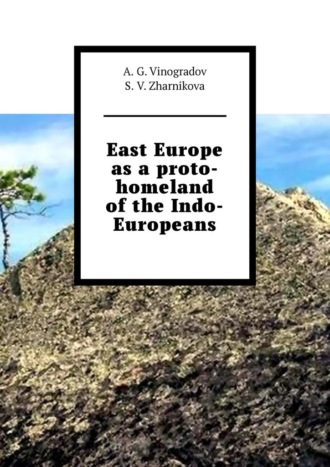
Полная версия
East Europe as a proto-homeland of the Indo-Europeans
«Doubt is full of your answer
The fact that the nearest places
Tell me, if the light is wide?
What are the smallest stars further?
Ignorant creatures end you?
Tell me, since the Creator is great?»
S. V. Maksimov gives the story of his guide – a simple Pomors who says: «On Matka (Novaya Zemlya Island), our old people say, they play terribly flurries, and even then the villages are strong. In another winter, the whole sky burns the pillars walk and collide among themselves, as if the soldiers are fighting, and they will fall so beautifully! More often! …The worst in the big cold live and then, like a light show, and we’re familiar, but we’re very scared. On Matka, it’s as if old men are saying, even a rush bursts, as if from a gun clicks scary, really scary!»
Another description made by the authors of the article «Aurora Borealis» in the Brockhaus and Efron Encyclopedic Dictionary, which emphasizes that only at the latitude of Novaya Zemlya and the coasts of the White and Barents Seas can one observe the most vivid and impressive form of aurora in the form of iridescent ribbons and curtains. «With a general yellowish coloration of the phenomenon in bright and rapidly changing kind of auroras, rays sometimes appear painted in other colors – mainly in red and green, less often in blue and violet».
If M. V. Lomonosov perceived the Northern Lights as a manifestation of God, even if such a sober prose writer like Fridtjof Nansen wrote words full of delight about him:
«What an endless game… Here, in the North, the future of the earth, here is beauty and death. But why? Why is this whole heavenly sphere created? Oh, read the answer in its blue starry space!,» then how does a person perceive his moment in ancient times – 6—8 thousand years ago. Probably, just as the incomprehensible, miraculous manifestation of the Supreme Deity to the people who worship him, the inhabitants of the polar regions of Eastern Europe, where we can, we repeat, on the coast of the White and Barents Seas see such a bright and multicolored spectacle, since closer to the pole the northern lights are more monotonous, and is just a yellowish glow, and to the south the phenomenon is generally extremely rare.

Northern Lights
Both the description of Mahabharata and the description of S. V. Maximov, separated by many millennia, emphasize such characteristic details as pain in the eyes from the brightest radiance, a state of dazzle and a piercing sound emitted by «flashes»: the sages «lost their frenzy from the radiance, lost their vision and other senses, didn’t see anything and only the sound spreading clearly perceived,» and «You can’t understand anything, you can’t figure anything out for one whole impression – everything gets in the way and gets confused. It hurts in my eyes… On Matka… flashes bursting». Such a detailed, detailed description can hardly be done without being an eyewitness to this phenomenon.
B. L. Smirnov writes that the apsars described in the «Mahabharat» living in the North, «rainbow waterdrops,» are difficult to interpret otherwise than the northern lights».
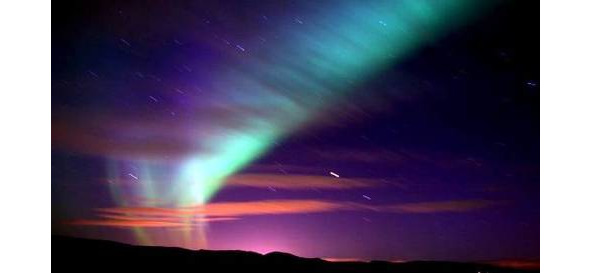
Northern Lights
Perhaps the image of the «radiant Hvarno» of the Avestan mythological tradition, hidden in the depths of the waters («Yasht.» XIX. 51—64) and which is a symbol of royal choice and power, is also associated with the Northern Lights.
This is evidenced by the following lines of the hymn dedicated to the sacred river Ardvisure-Anahita:
«Give me such luck
Kind, powerful Ardvisura Anahita,
So that I reach the royal Hvarno,
Which shines among Vorukash
Which is involved in the Aryan countries, current and future…»
The conclusion that «Hvarno» is the aurora is due to the fact that the Vorukash Sea and the «Milk Sea» of the Mahabharata are one and the same. In addition, it makes sense to recall that B. L. Smirnov notes: «The road to the North is accessible only to Narayana (the Leader of the people)», and it is he, i.e. the leader-king, endowed with «royal Hvarno», shining in the middle of the sea of Vorukash, in the ancient Iranian tradition.
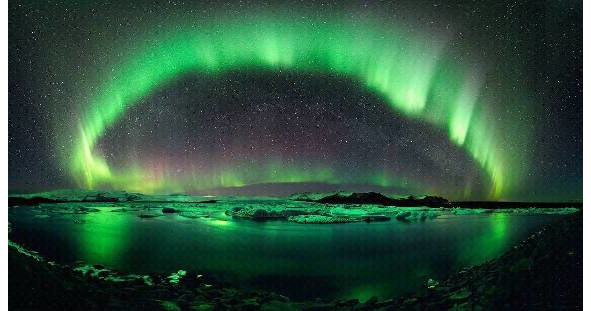
Northern Lights
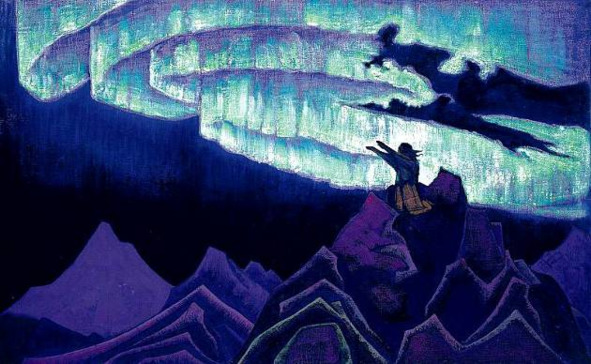
N. K. Roerich. Moses is the leader
Thus, it can be assumed that in Aryan antiquity the «Leader of the people» could only become one who had the strength and courage to get to a certain «White Island», located in the north-west of the coast of the «Milk Sea» in high northern latitudes and, having received grace in the form of the light of the Northern Lights, return back.
Chapter 3 Polar dawns
But not only for the continuous night and the auroras illuminating it, but for the continuous day there are indications in the Vedas.
«The duration of daylight hours in winter in the Subpolar Urals is 4—6 hours… To the north of the Arctic Circle in the second half of December is a polar night. Sometimes the aurora plays out, the sky is covered with ribbons shimmering with all the colors of the rainbow, and the mountains and tundra are illuminated by a greenish phosphoric light. All June and July in the Ural North white nights. In their watches the birds singing, nature plunges into a dream; the sky and clouds turn pink and fawn, an extraordinary silence sets in, «this is how modern authors describe the Subpolar Urals, and in the same way, the singers of Mahabharata described their sacred mountains.
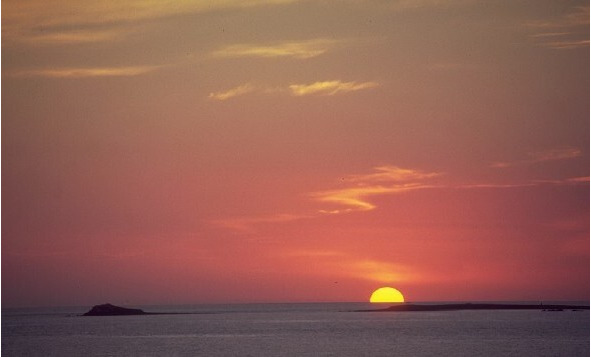
Polar night in summer. New Earth
Near the pole, it is observed as the sun, rising to a certain height above the horizon, stops, stands still and then goes back. The Vedas say: «The sun god stopped his chariot in the midst of heaven» or:
«3. The blessed red mares of Surya
climbed to the back of the sky
4. In the midst of work, he collects stretched fabric
As soon as he harnessed from the place of the red horses The night right there stretches outfit for himself» (R.V. I. 115)
This image cannot be explained otherwise than by the fact that the movement of the sun in northern latitudes is observed. In another place of the Rigveda it is said: «God Varuna rocked the sun in the sky, as if on a swing.»
Where else can you see a similar picture, except in the circumpolar countries, where the sun in the summer does not hide behind the horizon, but only bends to it and again leaves, as if swinging.
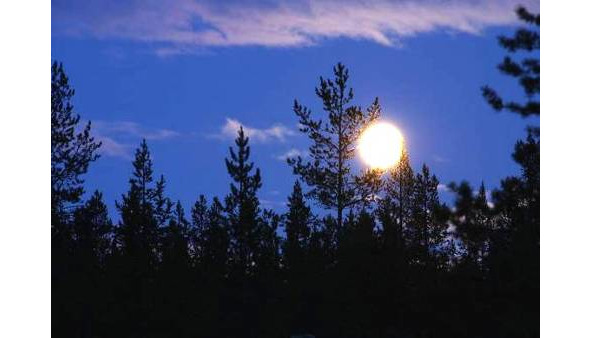
Polar day and night. Kola Peninsula
N. R. Guseva emphasizes; that: «Since the arrival of the Aryans in the Arctic, the lunar calendar has played a decisive role in calculating the months… In the polar regions, the moon on the days of the full moon passes through the» north point» 13 times a year, which means it lasts 13 lunar months all year.. In the Rigveda and other monuments of ancient literature, the moon is devoted to so many hymns and so many prescriptions are connected with it that so far in the minds of the inhabitants of this country (India) the cult of the moon takes the first place in comparison with the cult of the sun – even thousands of years of farming could not shake it correlation… Like dawns on the horizon, the sun and stars in the sky make circular motions, and these paintings can only be seen in the circumpolar (and polar) regions. «Tilak notes that, judging by the monuments, Ursa Major, referred to as the constellation of the seven prophets in India It is always visible high in the sky when darkness sets in (R.V.I), while in the more southern regions – and especially in India – it appears only low below the northern horizon this is also an important observation, since from those ancient times these seven prophets have been revered in Hinduism as the authors of the Vedas hymns and the founders of all sacred knowledge. This constellation must have played an important role in orienting people according to the stars associated with economic activity, which did not cease, naturally, during the «sleep of the gods», polar night».
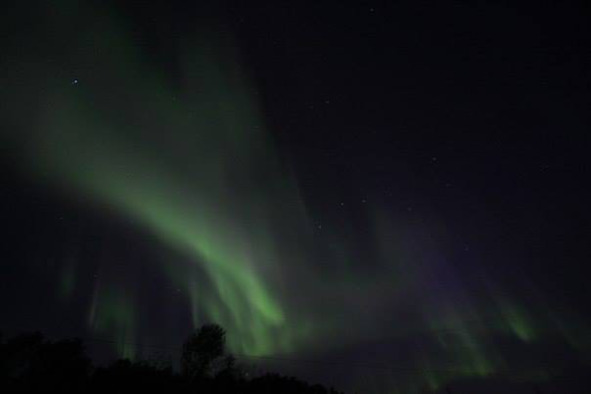
Polar day in winter
Undoubtedly, the text of the epic of Mahabharata also points to Arctic realities, which states that: «As the Arctic Circle moves continuously, three hundred and sixty divisions are found on it,» and those lines of Rigveda hymns, where the period of «flickering twilight», called the dawn, which happens twice a year and lasts about 50—60 days, including the appearance of the edge of the sun above the horizon (such «periods of dawn» are called in the literature of India by dawn and sunset of the day of the gods).»
N. R. Guseva notes that: «Tilak’s attention was drawn to the description of how the goddess Ushas (the goddess Dawn) is sad with the onset of long twilight associated with the sun going into darkness, and enjoys the dusk of dawn, marking the imminent appearance of the sun in the sky.»
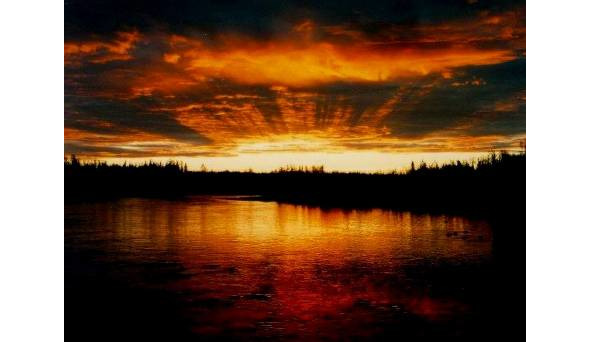
Twilight of dawn
Among the polar realities of Mahabharata, the text that says that in the middle of the Milky Sea in the north there is a mountain onto which the creator god Brahma descends, «leaving the sparkling throne in a flash, deserves attention». And the story of the sacred bird of Garuda to the hermit Galava that in the north is the Seven Rishi, the goddess Arunhati and Swati are constantly moving around the North Star fortified in the sky. (Arunhati is the constellation of Cassiopeia; Swati is a bright star in the constellation Bootes). We repeat that to see these stars high above the horizon and to observe their circular motion is possible only in the Northern latitudes, not south of 55—56° N. Bootes Garuda, describing the Northern country, says that it is called «Ascended», that the Golden Ladle (Big Dipper) road runs here, and that «A cruel, insensitive and lawless person does not live in this vast northern region.» And it is here that the heavenly gods live, the Polar Star shines here, which the Great Ancestor «strengthened», the «Blistavitsa – Polar Lights» sparkle here.
And finally, it is difficult to imagine that somewhere, in addition to the northern, circumpolar countries, people could praise the fire with these words:
«3—4. (One) who is the germ of the waters, the germ of the trees, And also the germ of those who stand, having given birth to those what are moving…
7—8. Who will be strengthened by many nights that are not like days (That) that stands / and that / that moves,
(Agni) descended from universal law.
9—10. You accept praise among cows, trees.
All bear tribute to our sun.
You are respected by men in many places.
They share (you) as (sons) the property of the old father.»
(R.V.I.70)
Or
«3. To him, surprisingly, the first is addressed
Aryan tribes devoted to the gods on sacrifices.» (R.V. I.77).
«2. They cried out loudly to you (all) nights (and) dawns, O Agni, like dairy cows on pastures to a calf.
Like a charioteer of heaven – through human generations, You shine through continuous nights,
O possessor many elected workers!
12. Give us blessings, enormous radiant wealth,
Consisting of children, of good offspring!» (R.V.II.2).
They say of fire that he is «awakened to meet the morning dawns,» he is «an inspirational planner of paths for poets,» he «dissolved the gates of darkness,» «flashed like a messenger in the light of the Dawn» (RVIII.5), that he “ the closest dawn when lighting a new dawn»,» God carrying happiness «that» hidden inside the infinite, he appeared «and thanks to him» messy darkness disappeared, the sky flashed, the divine ray of Dawn appeared, the Sun rose on the high plains» (R.V. IV.1) that the fire «noticed the beginning of the morning dawns». (R.V. IV.13), etc.
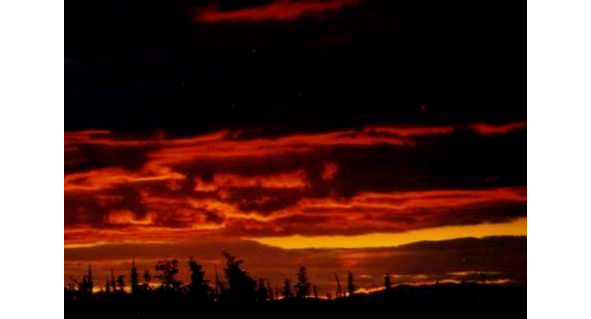
Polar Ural
Where, besides the North, could people sing the Fire and Dawn with the words of the sacred hymn:
«6. Flaming lights rose.
The coveted blessings hidden in the darkness —
The sparkling dawns make them visible (R.V.I.123)
5. In the eastern part of the inaccessible dark space
The parent of the cows raised the banner.
Here it spreads – into the distance – in breadth —
Filling the bosom of both parents.
6. Here she shows herself, the very first of many
8.Sister (night) gave way to older sister (dawn)
She walks away from her, like the one to be met.
9. Their these former sisters for days
She goes closest to the former.
May these new morning dawns now as before
Wealth and good days will shine upon us.» (R.V.I.124)
Chapter 4 The sacred mountains of the Aryan ancestral home
Among the amazing phenomena of the land of the Aryans, written off in the Vedas and Mahabharata, there is one extremely important, which for almost a century has been attracting the closest attention of researchers. These are the sacred Northern Mountains of the Aryan ancestral homeland: Meru – in Indian traditions, Hara – in Iranian. Describing these mountains, the epic of the Mahabharata states:
«On the northern slope of Himavat, full of all qualities, pure, beautiful, gentle, desirable there is a world called the other world. Sinless, pure, spotless people, merciless, completely abandoned error, greed are here. That country is similar to heaven, it possesses excellent properties: (There people) disease will not touch, immortality from the ages… The northern part of the land of all others is cleaner, more beautiful; those who live here, virtuous people are reborn when, after receiving (posthumous) honors, they leave».
Such descriptions, creating the image of a mythical, happy country, would seem to doom any attempt at real localization of the sacred mountains of Aryan antiquity. But in addition to purely mythical motifs in the descriptions of the sacred mountains, there are a number of very interesting, repeated in various sources, details.
So the White Island, on which the wise men of Ekat, Dvat, Trita plunged into the radiance of the «thousand-breasted God,» and Narada saw the Supreme Creator in the form of the Polar Lights, located according to many texts, northwest of Mount Meru and the coast of the Milk Sea. Moreover, this localization is constantly emphasized: so Narada, having climbed Meru, «looked to the northwest» and «saw a wonderful, glorious image. In the north of the Milk Sea there is a large island known as the White Island (Svetadvipa).» Ekata, Dvata, Trita report that «The northern slope of Meru, the coast of the Milk Sea is the country where we have committed the most severe killing of the flesh… In the north of the Milk Sea there is the radiant Shvetadvipa (White Island)».
The estate above the spurs Meru «all the stars, all the stars and the lord of the sun» move in a circle, paying tribute to the «pristine mountain», here is the «ascended Golden Ladle Road», here «the Great Ancestor strengthened the North Star».
According to the Mahabharata, all the great rivers of the earth flow from the Meru Mountains, only one of them flows to the south, to the South Sea, and others – to the north to the Milky.
On the tops of these mountains dense forests rustle, birds sing, different animals live.
There are many «crystal clear lakes» inhabited by «white swans and all sorts of other waterfowl»: gray geese, ducks, geese, gulls, dives and mallards. On the surface of the water bloom blue, gold and red lotuses, lilies and water lilies.
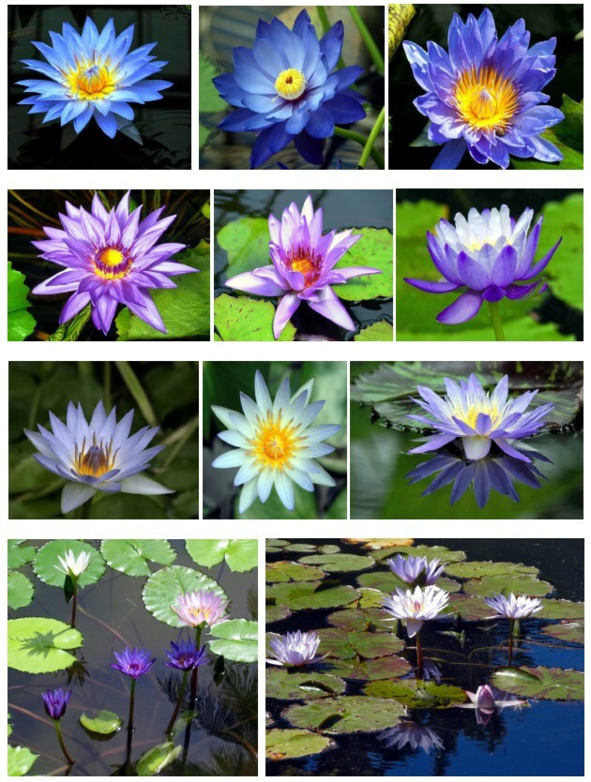

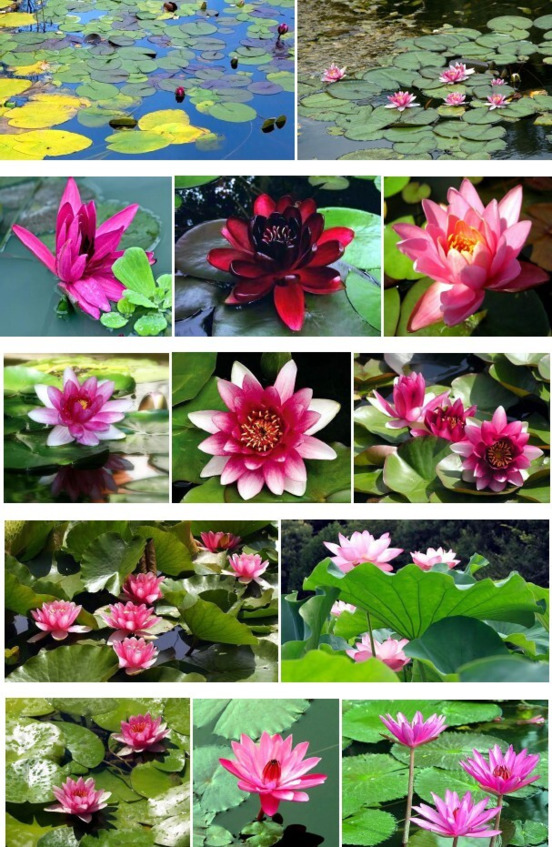
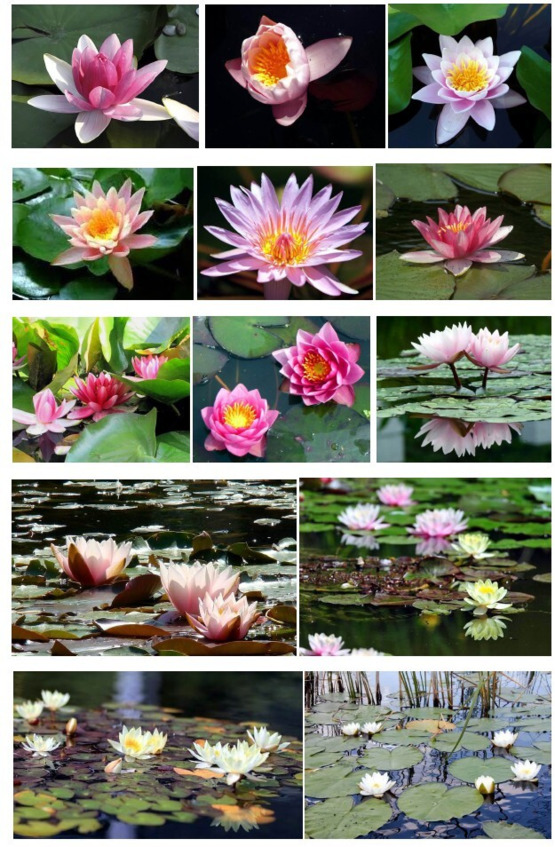
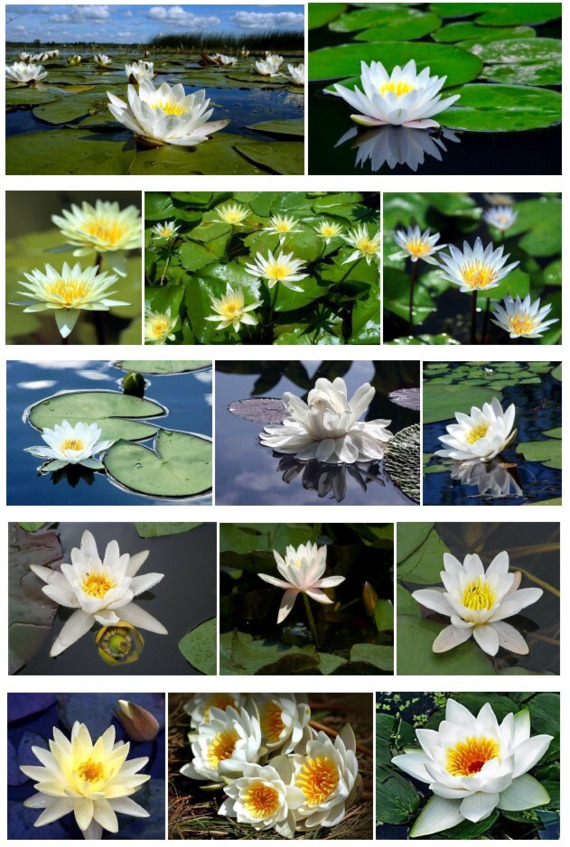
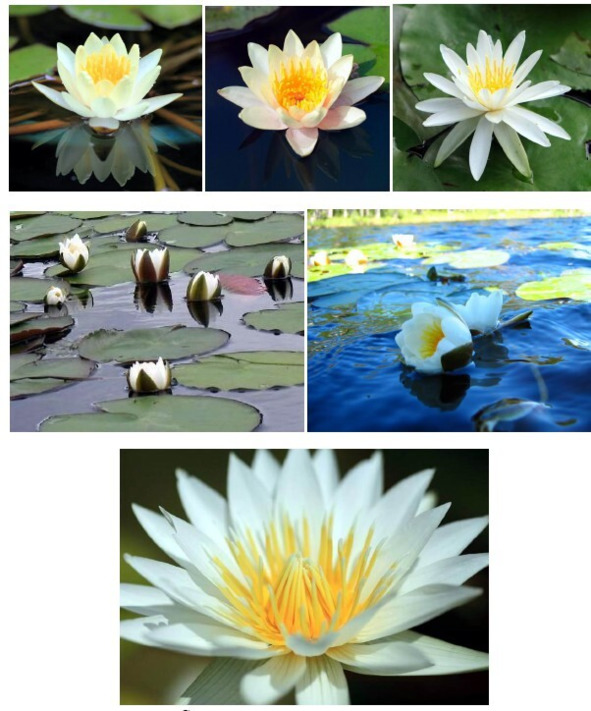
Northern lotuses, lilies and water lilies
From the rocky cliffs «numerous keys and streams are swiftly overthrown. Ores of various metals adorn the great mountain, in some places black as antimony, in some places golden, yellowish, cinnabar red. Moreover, it is repeatedly emphasized that the slopes of the mountains seem striped: «as if rubbing, spread with a finger, veins of ores – gold, red, white – were visible».
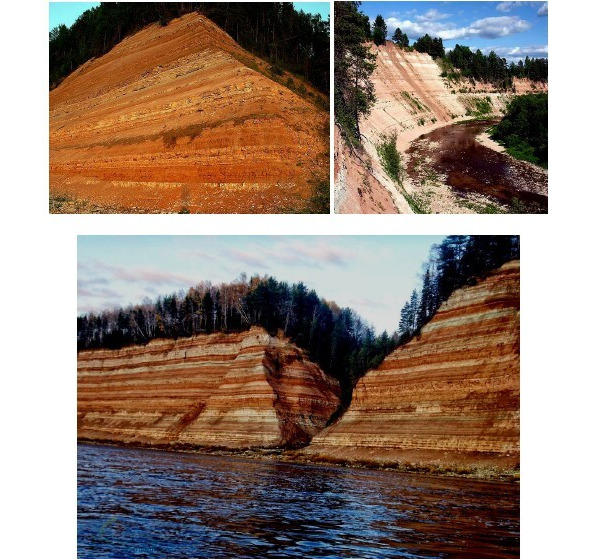
Sukhona
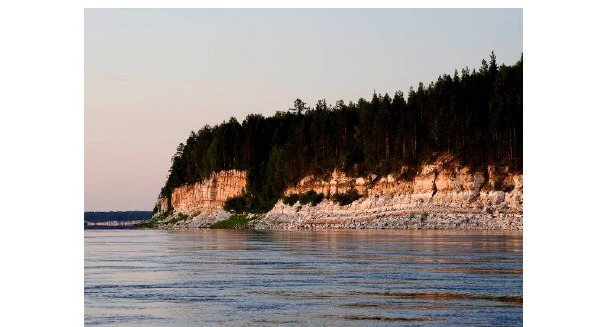
Dvina
As a characteristic feature of Meru forests and meadows, the Mahabharata singers also note an abundance of bees, «intoxicated with honey» and flowers, «golden, blood-red, or like the flame of a forest fire.»
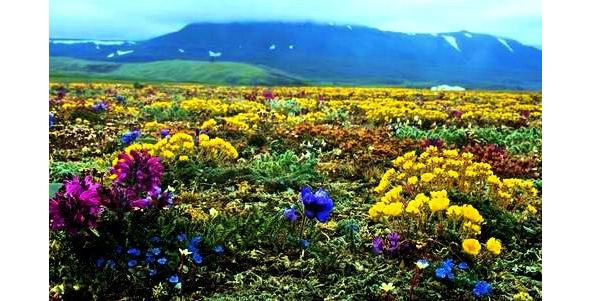
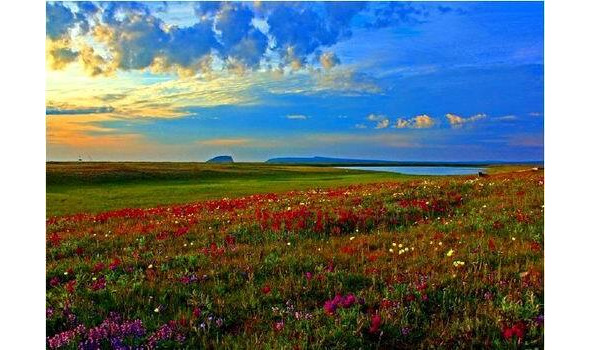
Meadows of the North
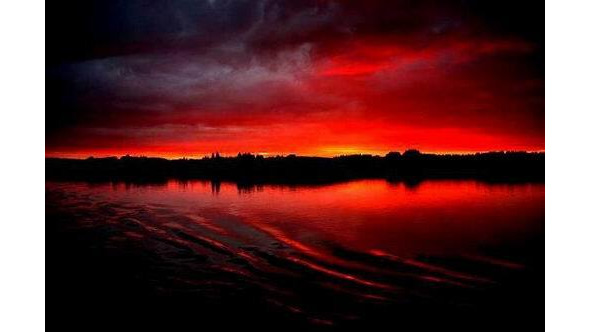
Northern Dawn
Of exceptional interest is that part of the text of Mahabharata, which tells that the hero Arjuna went to the «Northern Mountains», where he saw the Supreme deity – Trekoy Haru. And at that time «all sides of the sky lit up with colors.»
According to B.L. Smirnov: «The picture described here is very similar to the picture of a total solar eclipse or a picture of the twilight of the far north.
In addition, he notes that the sage Narada, describing the region where the sacred northern mountains of the Aryans are located, i.e. Patalu and «Colorful World (Suvarna)» says that here the Sun rises in half a year and illuminates this world. Such a remark can only apply to a polar country; it can only be made by someone who knows these countries. In the course of the description, it is mentioned that in the world of Suvarn the flowing waters take «beautiful forms».
The very name of Suvarn brings to mind the richest multicolored northern dawns.
To say that water, falling, takes beautiful forms, it is possible only about frozen water».
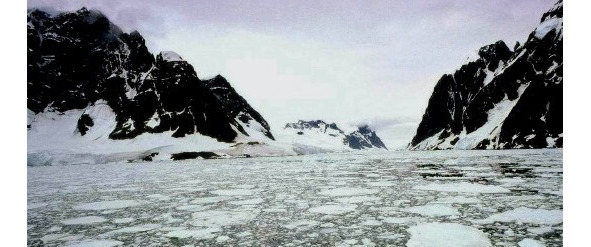
And, finally, it is on the spurs of Meru, located near the Milk Sea, that the epic places the monastery of the righteous and divine sages – Rishis, creators of the Veda hymns, the location of the great gods: Kubera (Couver) – the god of wealth, Ganges – whose source is on these mountains, and Rudra-Hara himself, called «wearing light braids», «flax-haired» and «reed-haired», «fair-bearded» and «light-bearded of all creatures the Ancestor», «the blue-haired Great Man, the first-born», «lotus-blue-yed Lord».
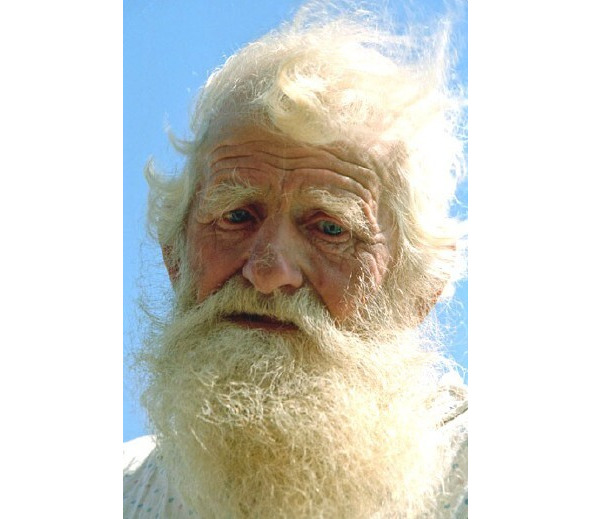
Pomor
The sacred mountains that separate the north and the White Sea from all other lands, called Meru ridges in the ancient Indian tradition, in the Avesta are the Khara Mountains with their main peak – Mount Hukayrya. And just as in the Indian descriptions over Meru, over High Hara sparkle seven stars of the Big Dipper and the Polar Star, placed in the center of the universe. From here, from the golden peaks of the High Hara, all earthly rivers begin, and the greatest of them – the clean river Ardvi, flowing into the sea of Vourukash or Vorukash, which means «having convenient bays.» On the top of the world’s mountain, Azest is the abode of the gods of Haronman, and here begins the «eternal unlimited land of light.»
The light of «royal Hvarno» shines over the sea of Vourukash, «involved in the present and future Aryan countries.»
Ancient Greek authors also wrote about the great northern mountains, who believed that these mountains, which they called the Riphean Mountains, occupied the entire north of Europe and were the northern border of Great Scythia. So they were depicted on one of the first maps of the earth – a map of the 6th century BC
Hecatea of Miletus. Herodotus wrote about the distant Northern Mountains stretching from west to east.
Doubting the incredible, fantastic size of the Riphean Mountains, Aristotle nevertheless believed in their existence, he was convinced that the earth rises to the north, since the sun is lower there than in the south, and all the largest rivers of Europe flow down from these mountains, except the Istra Danube. This belief was reinforced by the very logical conclusion that rivers always flow down from the mountains and never flow up into the mountains.
Behind the Riphean Mountains, in the north of Europe, the ancient Greek and Roman geographers placed the Great North or Scythian Ocean.
For a long time, the question of where these mountains are located has not been resolved. E.A. Grantovsky and G.M. Bongard-Levin summarizing and analyzing the materials of the Avesta, Rigveda, Mahabharata, messages of Herodotus, Pomponius Mela, Pliny, Ptolemy, medieval Arab travelers Ibn Fadlan, Ibn Battuta and others, came to the conclusion that the geographical characteristics repeated in all sources without exception are real and make it possible to associate the Riphean mountains, the Haru and Meru specifically with the Ural mountains, since only the Urals, according to the named researchers, corresponds to almost all those specific features, which were considered necessary attributes of the sacred northern mountains: high altitude, natural wealth, proximity to the northern seas, etc.
Here we should single out the following groups of information concerning the Riphean Mountains, Hara and Meru, identical among medieval Arab travelers, among ancient authors, in the Scythian, Old Indian and ancient Iranian mythical traditions, to which G. M. Bongard-Levin and E. A. Grantovsky pay attention:
1. The Riphean Mountains, Hara and Meru stretch from west to east, separating the north from the south.
2. In the north, beyond the Riphean mountains, Hara and Meru is the Arctic, or the Kronian, or the Dead, or the Milky Ocean, or the vast sea of Vourukash, where the rivers flowing from these mountains to the north flow into.
3. The Riphean Mountains, Hara and Meru are a watershed, as they divide the rivers into currents to the south and currents to the north.
4. From the top of the Hara, Meru and Riphean mountains originate: a) the Ganges, b) the sacred Raha, c) the river Rusiya, d) all the great rivers of Scythia, except for Istr-Danube.
5. In these northern regions you can always see high above the head the Polar Star and the constellation Ursa Major.
6. Here half a day lasts half a day and night; in winter a cold northeast wind blows, bringing a lot of snow.
7. Mountains covered with forests abound with animals and birds; very high, impassable.
8. Beyond the Riphean Mountains, Harah and Meru on the coast of the ocean or sea lies a happy country.
9. The rivers originating in these mountains flow in golden channels and the mountains themselves conceal untold wealth.
Based on the foregoing, the solution of the problem proposed by G. M. Bongard-Levin and E. A. Grantovsky carries a number of contradictions: Firstly, the Riphean Mountains, Jara and Meru, according to the testimonies of ancient writers, the Scythian tradition, the epic tradition of the Indo-Iranians, should be extended in the latitudinal direction (from west to east), what can not be connected with the Ural Mountains;



